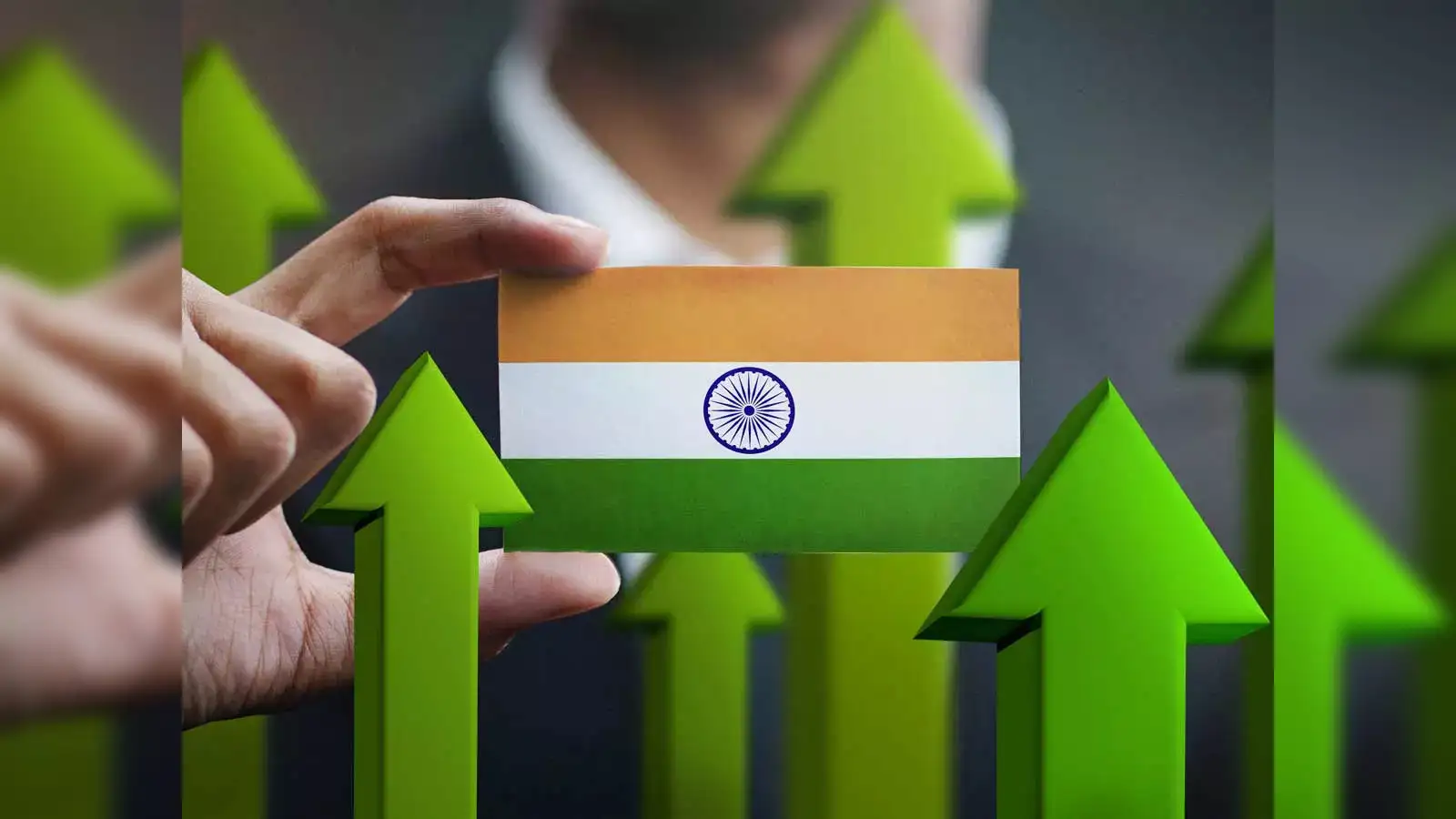Understanding India’s Strong Position to Navigate Economic Challenges

India is poised to surpass Japan and become the world’s fourth-largest economy this year, according to a recent report by Moody’s. The report highlights India’s resilience in the face of global trade disruptions, particularly those stemming from U.S. tariffs under President Donald Trump’s administration. With a robust domestic market and minimal reliance on exports, India is well-positioned to navigate the challenges posed by these tariffs while potentially benefiting from them in the long term.
India’s Economic Resilience Amid Global Trade Disruptions
Moody’s analysis indicates that India is better equipped than many emerging markets to handle the impact of U.S. tariffs and global trade disruptions. The country’s strong internal growth drivers, coupled with a sizable domestic economy and low dependence on goods trade, provide a buffer against adverse effects. The extensive tariff revisions announced by Trump mark a significant increase in duties, with an initial 26% tariff imposed on Indian exports to the U.S. However, a subsequent 90-day pause on most tariffs has introduced a uniform 10% rate for targeted nations, which is expected to limit global economic growth. Despite these challenges, Moody’s projects that India will maintain the highest GDP growth rate among G-20 nations, even if it dips slightly from 6.7% to 6.3% by 2025.
Factors Favoring India’s Economic Growth
Several factors contribute to India’s favorable economic outlook. The country’s growth is primarily driven by domestic consumption, supported by government infrastructure spending and reduced personal taxes that encourage consumer spending. Additionally, India’s modest reliance on goods trade and a robust services sector shield it from the direct impacts of U.S. tariffs. While the U.S. remains a key export market for India, the overall effect on economic growth is limited due to temporary relief measures and the country’s lower dependence on goods exports compared to other Asia-Pacific nations.
Moreover, Indian products may benefit from increased U.S. purchases if trade negotiations yield preferential tariff treatment. The infrastructure sector is also experiencing accelerated growth due to sustained investments, which are expected to attract significant capital over the next several years. This focus on domestic market requirements provides insulation for non-financial enterprises from tariff effects, while the banking sector demonstrates resilience with strong profits and capital reserves.
Challenges and Sector-Specific Tariffs
Despite the positive outlook, some sectors in India face challenges due to specific tariffs imposed by the U.S. For instance, the automotive and steel industries are affected by a 25% tax on imported vehicles and components. However, many Indian firms in these sectors have limited exposure to the U.S. market or possess adequate safeguards, such as robust domestic operations and diversified supply chains. Nevertheless, they remain vulnerable to disruptions in trade flows and potential regional supply increases, particularly from China.
Additionally, the Trump administration is considering tariffs on other sectors, including pharmaceuticals, which represent a significant portion of India’s exports to the U.S. Changes in U.S. immigration policies may also pose risks for Indian service providers, as stricter regulations could limit workforce availability and increase operational costs. Many service firms still rely on skilled workers under H1B visas for assignments in the U.S., making them susceptible to policy changes.
Long-Term Opportunities for India
Looking ahead, Moody’s suggests that high tariffs could drive supply chain relocations closer to consumer markets, presenting India with opportunities for increased investment flows. As U.S. tariffs on other emerging economies like China and Vietnam rise, India could capture a larger share of the U.S. market in textiles, apparel, footwear, and electronics. This shift could stimulate job creation in labor-intensive manufacturing sectors.
The electronics industry, in particular, stands to benefit from ongoing supply chain adjustments, provided that trade and investment policies facilitate smoother cross-border movement of goods. As India continues to negotiate trade agreements, including a comprehensive free-trade agreement with the U.K. and ongoing discussions with the European Union and the U.S., its economic landscape is set to evolve. With a youthful population driving consumption and a focus on increasing exports, India is strategically positioned to enhance its economic standing on the global stage.
Observer Voice is the one stop site for National, International news, Sports, Editor’s Choice, Art/culture contents, Quotes and much more. We also cover historical contents. Historical contents includes World History, Indian History, and what happened today. The website also covers Entertainment across the India and World.

